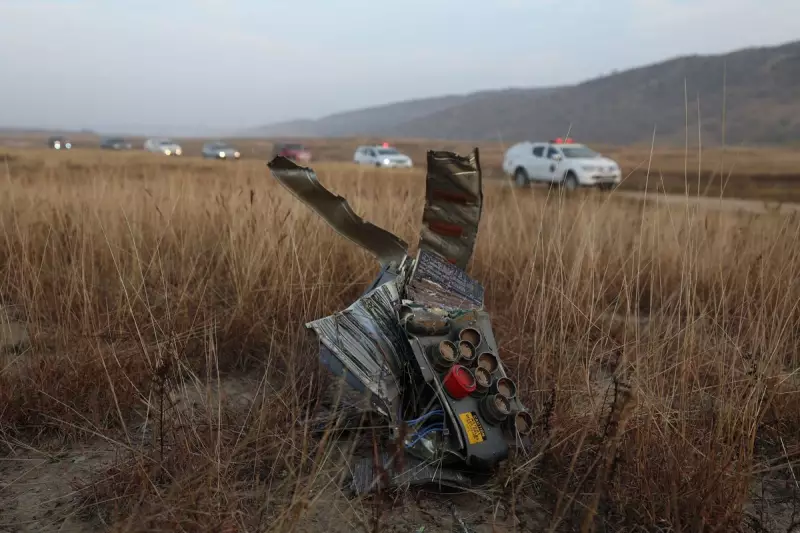
A Turkish military transport plane has crashed in Georgia, killing all 20 personnel on board in what marks Turkey's deadliest military incident in five years. The C-130 Hercules aircraft broke apart mid-flight before plummeting to the ground in the Kakheti district, with footage of the disaster circulating online.
Investigation into a Catastrophic Event
The defence ministry in Ankara has confirmed that the black box flight recorders are now in Turkey for analysis, but stated it is too early to determine the official cause. However, aviation experts who have reviewed the footage suggest the speed of the disintegration points to a sudden, catastrophic failure.
Daniel Gustafsson, a former airline pilot and Aviation Content Specialist at Flightradar24, emphasised the rapid nature of the event. "We know that they did not have time to call for a May Day," he said. "As it was immediately put in a free fall, it indicates that something happened very, very, very rapidly."
Scott Bateman, a former RAF pilot with a decade of experience flying C-130s, described the scene as "exceptionally rare." He noted that the aircraft broke into three pieces, with the front and rear sections separating but the wing remaining intact. "Some catastrophic event has happened that has caused that," Mr Bateman stated.
Aircraft History and Immediate Aftermath
The crashed plane was a 57-year-old aircraft that Turkey purchased from Saudi Arabia in 2012. According to the defence ministry, it only began flights after modernisation in 2022. Its last maintenance check was conducted just one month prior to the crash.
The flight was carrying a ten-person maintenance team for Turkish F-16 fighter jets that had participated in Victory Day celebrations in Azerbaijan, along with the flight crew and equipment. The aircraft had departed from Azerbaijan and crashed approximately 40 minutes after its last radio contact.
In response to the tragedy, Turkey has grounded its entire fleet of 18 C-130 planes pending thorough inspections. This decision comes just weeks after the Turkish defence ministry announced a deal with Britain to procure 12 modernised C-130J aircraft.
Expert Theories on the Cause
European security expert Samuel Doveri Vesterbye reported that numerous aviation professionals found it "odd" that the aircraft split up before impact, suggesting the possibility of a mid-air explosion.
While Mr Gustafsson acknowledged that a mid-air explosion was possible, citing the "out of the blue spiral dive" as "not normal," Mr Bateman cast doubt on this theory. He explained that an explosion typically causes break-up around the blast point, making it unusual for the front and rear to detach while the centre section, containing the wings, remained whole.
Regarding the aircraft's advanced age, both experts were cautious about attributing blame. Mr Bateman highlighted that military aircraft are "constantly upgraded," while Mr Gustafsson noted that a 57-year-old airframe is not uncommon for the Hercules model, which is renowned for its reliability and is the longest continuously produced military aircraft in the world.
The investigation continues as authorities in Ankara analyse the flight data to uncover the truth behind this devastating loss of life.





